Description
Tobramycin Drop is an antibiotic that belongs to the class of aminoglycosides. Its mechanism of action involves inhibiting protein synthesis in bacteria, ultimately leading to bacterial cell death. Tobramycin binds to the 30S subunit of the bacterial ribosome, interfering with the initiation complex of peptide formation. This binding causes misreading of the genetic code, leading to the incorporation of incorrect amino acids into proteins, which are then nonfunctional or toxic to the bacterial cell. As a result, Tobramycin exerts its antibacterial effects, effectively treating bacterial infections of the eye.
Ingredients
Tobramycin
Drug Class
Aminoglycoside Antibiotics
Dosage Form
Drop
Uses
The following are the uses of Tobramycin Drop:
- Treatment of bacterial conjunctivitis and other external eye infections.
- Management of bacterial blepharitis (inflammation of the eyelids).
- Treatment of bacterial keratitis (inflammation of the cornea).
- Management of bacterial corneal ulcers.
- Treatment of other susceptible bacterial infections of the eye.
Dosage
Following are the doses of Tobramycin Drop:
- The usual dose for bacterial conjunctivitis and other external eye infections in adults and children is one to two drops in the affected eye(s) every four to six hours.
- In cases of more severe infections or as prescribed by a healthcare provider, the dose may be increased to one to two drops every two to three hours, but it is essential to follow the exact instructions given by the healthcare provider.
- Treatment should be continued for 7 to 10 days or as directed by the healthcare provider.
- For other susceptible bacterial infections of the eye, follow the dosing guidelines as advised by the prescribing doctor.
In case of Overdose
In case of an overdose of Tobramycin Drop, immediate medical attention should be sought. Although Tobramycin is primarily applied topically to the eyes, an overdose may cause increased irritation, redness, or discomfort in the eyes. If too much medication is accidentally ingested or over-applied, it is recommended to rinse the eyes with water or saline solution to remove any excess medication. It is essential not to induce vomiting or take any other actions without consulting a healthcare provider.
Missed Dose
If you miss a dose of Tobramycin Drop, take it as soon as you remember. However, if it is almost time for your next dose, skip the missed dose and continue with your regular dosing schedule. Do not apply two doses at the same time to make up for the missed dose, as this could increase the risk of side effects. Always follow the dosing instructions provided by your healthcare provider and consult them if you’re unsure about how to proceed after missing a dose.
How To Use
To use Tobramycin Drop, follow the instructions provided by your healthcare provider or as indicated on the prescription label. Typically, the drop should be applied directly to the affected eye(s) as directed. Gently tilt your head back, pull the lower lid down, and instill the recommended number of drops. Release the lower lid and gently blink to spread the medication evenly. It’s essential to maintain good hygiene and avoid touching the dropper tip to prevent contamination.
When Not to Use
Following are the situations when Tobramycin Drop should not be used:
- Should not be used in individuals with a known allergy to Tobramycin or any of the components of the drop.
- Contraindicated in patients who have a history of hypersensitivity reactions to other aminoglycoside antibiotics.
- Should not be used in patients with certain medical conditions, such as myasthenia gravis or Parkinson’s disease, without consulting a healthcare provider.
- Not recommended for use in children under a certain age (as specified by the healthcare provider) or in pregnant or breastfeeding women, without consulting a healthcare provider.
Side Effects
The side effects of Tobramycin Drop may include:
- Eye irritation
- Redness
- Itching
- Burning sensation
- Dryness
- Blurred vision
- Sensitivity to light
- Allergic reactions (such as hives, swelling, or difficulty breathing)
Precautions & Warnings
Following are the precautions and warnings for Tobramycin Drop:
- Should not be used in individuals with a known allergy to Tobramycin or other aminoglycoside antibiotics.
- Caution is advised in patients with a history of hypersensitivity reactions, as Tobramycin may cause cross-reactivity with other aminoglycosides.
- Not recommended for use in individuals with certain medical conditions, such as myasthenia gravis, Parkinson’s disease, or neuromuscular disorders, as Tobramycin may exacerbate these conditions.
- Caution is advised in patients with kidney disease, as Tobramycin may accumulate in the body and increase the risk of toxicity.
- Pregnancy and breastfeeding warnings
Drug Interactions
Following are the drug interactions for Tobramycin Drop:
- Concomitant use with other aminoglycoside antibiotics (e.g., gentamicin) or loop diuretics (e.g., furosemide) may increase the risk of ototoxicity (hearing loss) or nephrotoxicity (kidney damage).
- The use of Tobramycin with nonsteroidal anti-inflammatory drugs (NSAIDs) may increase the risk of nephrotoxicity.
- Caution should be exercised when taking Tobramycin with anesthetics or neuromuscular blockers, as it may enhance their effects and increase the risk of respiratory depression or prolonged muscle weakness.
- Concomitant use with anticholinesterase medications (e.g., pyridostigmine) may increase the risk of neuromuscular blockade.
Food Interactions
Following are the food interactions for Tobramycin Drop:
- There are no significant food interactions reported with Tobramycin Drop, as it is administered topically in the eye.
- However, it is recommended to avoid eating or drinking for at least 10-15 minutes after administering the drops to minimize the risk of contamination or washing away the medication.
- In general, a healthy and balanced diet can help support eye health and minimize the risk of complications during treatment with Tobramycin Drop.
Storage/Disposal
Tobramycin Drop should be stored in a cool, dry place, away from direct sunlight and heat. The drops should be kept in their original container, tightly closed, and out of reach of children. Do not freeze the medication. After opening, the drops can be used for a specified period, usually 30 days, as indicated on the packaging or advised by the healthcare provider. Dispose of any unused or expired medication promptly, following the recommended guidelines for disposal of pharmaceutical waste. It is essential to check with local authorities or a healthcare provider for specific instructions on disposal, as regulations may vary.
Quick Tips, if any
Following are the quick tips for Tobramycin Drop:
- Use Tobramycin eye drops as prescribed by your healthcare provider for optimal results.
- Wash your hands before applying the drops to avoid contamination.
- Tilt your head back, pull down your lower eyelid, and apply the prescribed number of drops into the eye without letting the dropper touch your eye.
- Blink gently to spread the medication evenly across the eye surface.
- Replace the dropper cap tightly after use to prevent contamination.
- If you wear contact lenses, remove them before applying the drops and wait for at least 15-20 minutes before reinserting them.
Laboratory Screening
Tobramycin Drop does not typically require routine lab screening or monitoring. However, in certain cases where there are concerns related to eye health or underlying conditions, the following may be considered:
- Regular eye exams to monitor the effectiveness of the treatment and ensure no irritation or adverse effects are occurring in the eyes.
- If you experience any significant side effects such as prolonged irritation, redness, or visual disturbances, consult your healthcare provider for further evaluation.
- Patients with pre-existing eye conditions, such as glaucoma, cataracts, or corneal ulcers, should have periodic check-ups to ensure safe and effective use of the medication.
- In cases where Tobramycin Drop is used for an extended period, monitoring for signs of ototoxicity (hearing loss) or nephrotoxicity (kidney damage) may be necessary.


Get Your Healthcare Delivered Nationwide!
No matter where you reside in Pakistan, medlife.pk brings your healthcare essentials straight to your doorstep! We partner with trusted shipping companies like TCS, M&P, LEOPARD Courier, Trax, and Call Courier for nationwide delivery.
For ultimate convenience, enjoy Cash on Delivery (COD) with a flat rate of Rs.299 across Pakistan. Prefer to pay upfront? Orders over Rs.3,000 receive free shipping when you pay with Bank Transfer, JazzCash, Easypaisa, or Credit/Debit Card. And the perks don't stop there! Orders exceeding Rs.5,000 with advance payment not only get free shipping, but also earn you a discount coupon for your next medlife.pk purchase.
Rest assured, our team meticulously packs and ships your order for safe arrival, ensuring you receive the genuine products you deserve. So, browse our selection, choose your payment method, and get ready to experience the medlife.pk difference! Happy shopping!


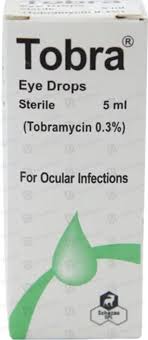
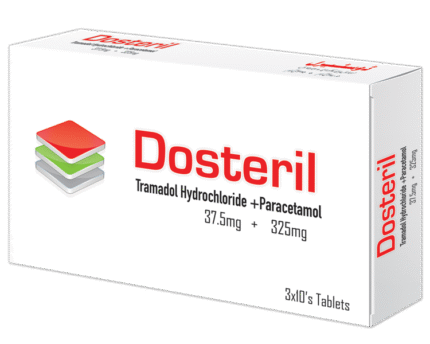

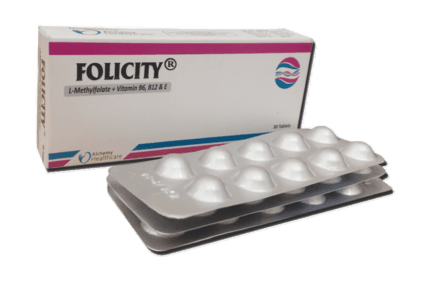
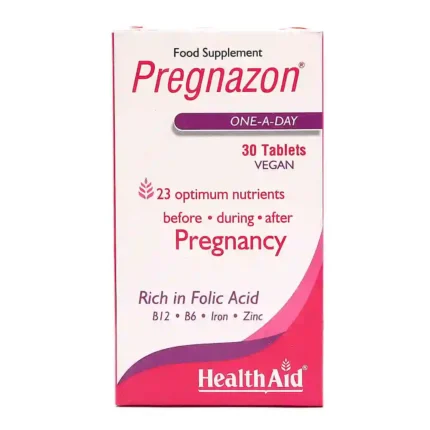
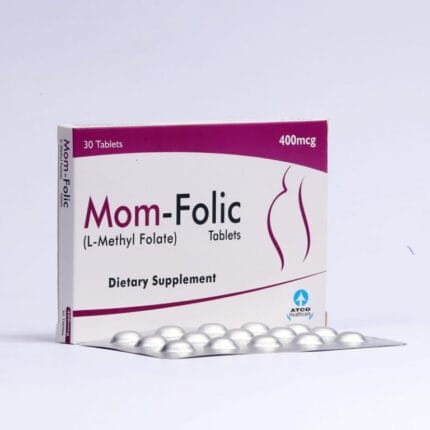
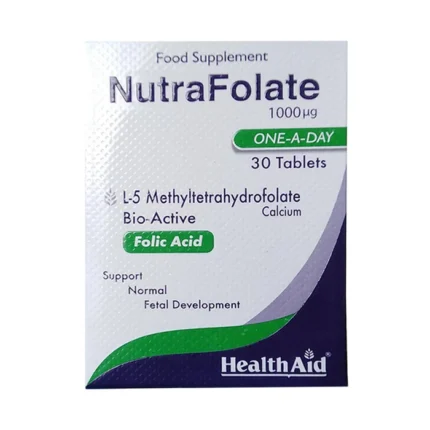



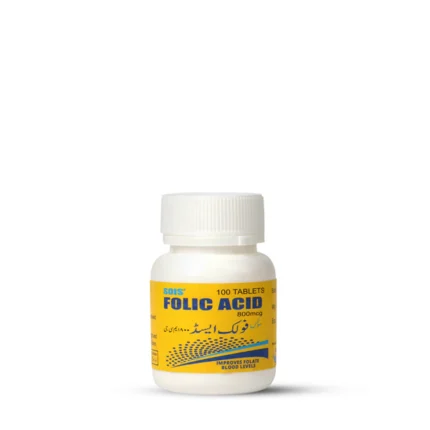








Reviews
There are no reviews yet.